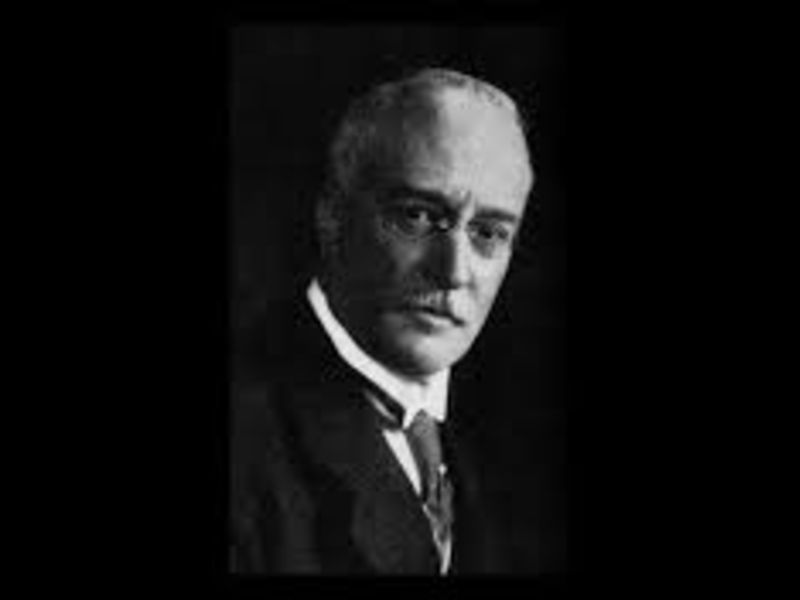
On Feb. 23, 1892, Rudolf Diesel obtained German patent RP 67207 for an internal combustion engine that required no ignition source and proved over time far more mechanically efficient than contemporary steam engines. The diesel engine also became widely adaptable.
Diesel was born in Paris and became fascinated with engine design at an early age. He later graduated from Munich Polytechnic.
He once marveled at the pneumatic cigarette lighter: small pieces of tinder packed in a little glass tube. With a piston, air was compressed in the tube, and the tinder would glow.
He began development on a new engine concept as early as 1885 and wanted to create an engine that was far more efficient than the steam- and gasoline-fueled engines of the time.
Diesel, inspired by French physicist Nicolas Leonard Sadi Carnot and Munich professor Carl von Linde, calculated he could produce an internal combustion engine capable of converting as much as 75 percent of fuel into power and propulsion. Steam and gas engines at the time utilized only 10 percent of their burned fuel.
He called the patented device an economic thermodynamic engine, but the name didn’t stick. On New Year’s Eve 1896, he showcased an engine that had a theoretical efficiency of 75.6 percent.
The self-igniting engine became popular, though Diesel’s dream of enabling small craftsmen and factory owners to survive the Industrial Revolution with an affordable, easy-to-use source of energy failed to materialize. Instead, major industries quickly adopted the engine at various scale: The engine’s reliability and low maintenance led to its wide use in ships, locomotives, factories, power-generating plants and, ultimately, cars, trucks and buses.
Diesel’s emphasis on operating efficiency was also based on environmental concerns. As early as 1912, he prodded engineers to weigh air pollution and finite natural resources to fine-tune the engine.
Diesel made a fortune from his royalties over time and was inducted into the Automotive Hall of Fame in 1978.
The diesel engine is still widely used today, particularly in European light vehicles and tractor-trailers and large U.S. pickups, though some governments have banned it for environmental and health concerns. The advent of electric vehicles also threatens the diesel engine.

